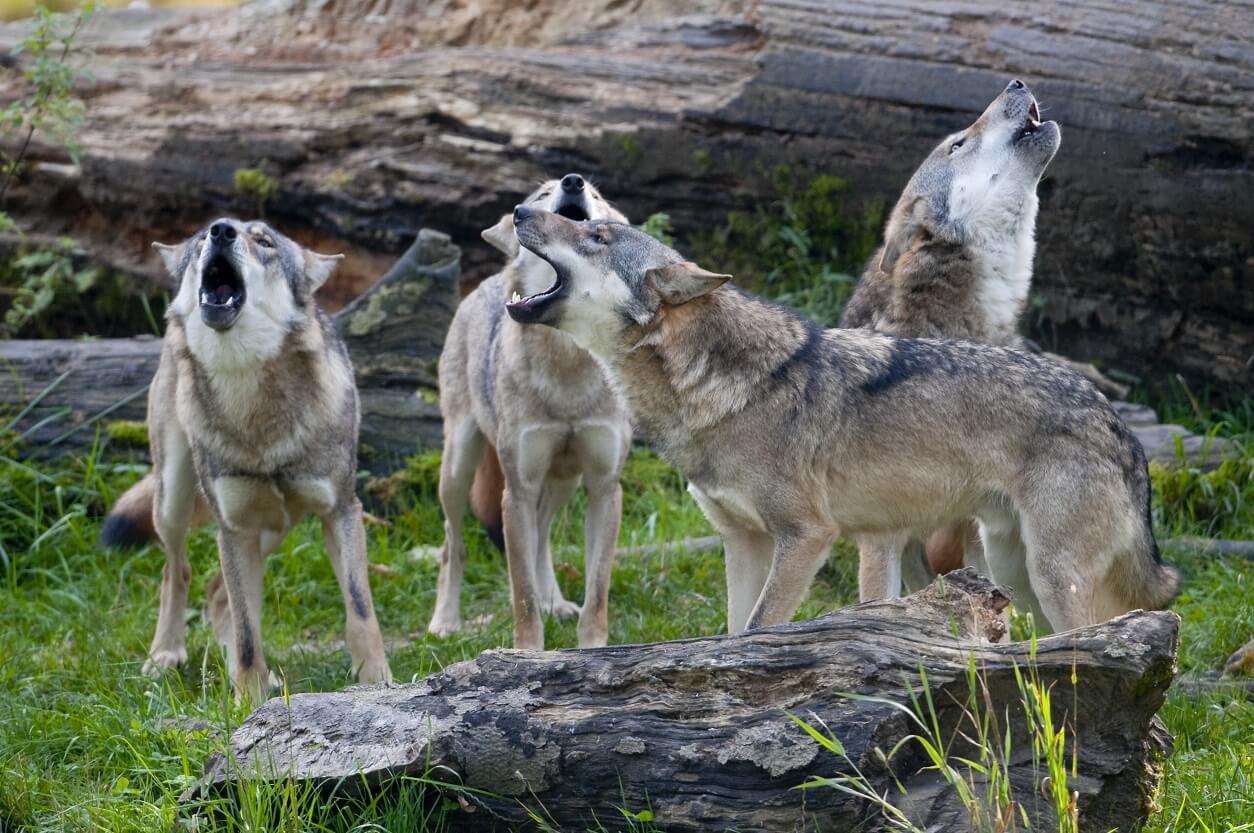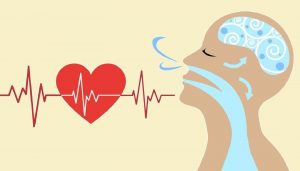‘La manada’ in San Fermin
The case of the herd (‘la manada’) and its court ruling has become much more than the topic of recent days. Everyone has their opinion, and it has been approached from many points of view. Now we want to add neuroscience or neuropsychology.
Although a large group of psychologists and psychiatrists have already published a letter with a similar approach, we hope to be able to add some points from NeuroQuotient. Perhaps more regarding the aggressors. What we heard referred to the victim and coincides with our point of view, and we will leave it for the end.
Neuropsychological foundations of behavior in animals and humans
To argue on the subject, it is necessary to see a brief introduction about the brain systems that most influence the behavior of animals (and humans) and how they are related to it.
Animal behavior is based on the senses, the memory of the species and, above all, on the reward and threat systems. That of humans is distinguished, for better or worse, by the prefrontal cortex (PFC).
The most important limbic systems are the Reward System and the Threat System. Both have the function of preserving survival. The first favoring behaviors that bring pleasure and the second minimizing damage and pain.
Behaviors related to the Reward System have to do with feeding and reproduction. While those that deal with Threat’s one can be of three types: Fight , Flight and Freeze. Freeze occurs when the threat is very great and neither Fight norFlight is an appropriate option for survival. The instinctive behavior of Freeze occurs, for example, in the rabbit that remains ‘stopped’ in front of the headlights of a car.
Animals explore the environment in a more or less random way. They pick up signals with their senses and act based on their species memory and their connection to earlier brain systems we have mentioned.
The human brain -as we have already seen- is distinguished by the prefrontal cortex (PFC). The one that provides the abilities to think, learn, plan, project, etc. Thanks to it we no longer explore in such a random way, but we can direct our attention. In addition, we not only explore outwards, we also do it inwardly. The human brain does not distinguish between what it directly perceives and what it remembers and/or imagines.
From there, we can think that the prefrontal cortex in humans should serve to manage, even control, the most animal instincts. But in some cases the opposite happens. It enhances them instead of modulating them.
The wolf herd
Let’s go back to the animals. Let’s weigh in a pack of wolves and two behaviors that occur in them and that we sometimes confuse with fighting behaviors.
A wolf fights with another or attacks a lamb motivated by the reward system and its survival instinct.
When a male wolf confronts another wolf for control of the herd, he does so with a reproductive (instinctive) purpose, so that the genes of the strongest prevail
On the other hand, when wolves attack lambs in a pack, their purpose (instinctive) is to feed.
In both cases it is about survival through behaviors that provide pleasure: Reproduction and feeding. That is, behaviors motivated by the Reward System. Instintive behaviors, we repeat, and without awareness of a pleasant result.
And, of course, the lambs will perceive the wolves as a threat. And that wolves will perceive humans as a threat, too.
The ‘inhuman’ herd (‘la manada’)
Let’s go to the case at hand. In a trial only facts should be judged. But we are not in a trial, so we can make interpretations.
Humans sometimes negatively enhance instincts by taking advantage of the prefrontal skills.
It is not very far-fetched to think that, in Pamplona, the group set out to locate and hunt a female of its kind. For the purpose of satisfying your conscious desire for sexual pleasure. Not from her reproductive instinct.
With the addition that the human animal is, surely, the only one that uses its fighting instinct, individually and in groups, to impose itself on the congener that it perceives as weak. Thus it becomes a threat to its victims.
That is, in this case, there is a conscious, prefrontal disposition and purpose to use and strengthen the instincts related to the reward and threat systems. The use of the prefrontal cortex in a perverse way. Hence the ‘inhuman herd’. It is not an animal behavior, motivated by survival, like that of wolves.
Inhuman herd that we can expand by adding those who have provided arguments to defend them. Defense attorney on the sidelines, when he’s in his role.
The victim
What was her possible response?
Faced with a great threat, and even more so in a state of physical limitation due to drunkenness, he could neither Fight nor Flee. He only had the Freeze response, fall into helplessness. When the fear -the prefrontal interpretation of the threat- is very great, the response is Freeze, getting stuck.
These days we have heard testimonies of other cases whose response, even with full awareness and without physical limitation, was the same. Abandon oneself.
The natural human response to a major threat is Freeze. Like the rabbit in the headlights of a car.
On the other hand, it is well studied that it is the same endorphins that produce pleasure that calm pain. And they have the same origin, the Reward System. Hence the sure chemical mix-up in the victim’s brain and body. And that his expression can be misinterpreted.
There are even psychobiological studies that affirm that the discharge of endorphins, when an animal is hunted by its predator, has the purpose of making the death process more bearable.
Abuse or rape?
Without a doubt, it is difficult to be a good judge and apply justice fairly. Without being carried away by beliefs and own prejudices. For all these filters that condition perception and thought, the prefrontal cortex. Do not be biased, do not favor ‘friends’ or punish others
But, as a conclusion, we think that it is not necessary to have a weapon in your hand to consider that it is rape. A five-member Inhuman pack is a terrible physical threat. And the victim cannot defend herself, neither fight nor flee, because the natural response is to freeze




